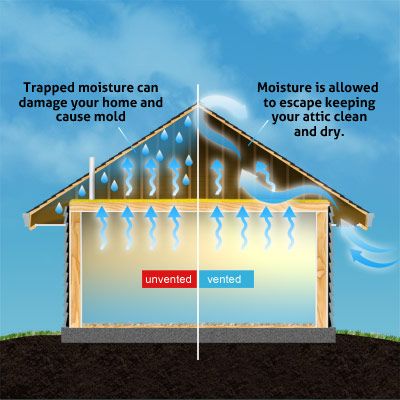

Preventing decor moisture damage is a critical aspect of home maintenance and preservation. Water damage, whether from spills, leaks, or high humidity, can lead to significant aesthetic and structural damage to your valuable furniture, artwork, and other decorative items. This comprehensive guide explores effective strategies to protect your cherished possessions from moisture-related issues and provides actionable steps to maintain a healthy and safe environment for your decor. We will explore the causes of moisture damage, the types of decor most vulnerable, and the various preventive measures you can take. We will also show how to identify damage early, and the importance of prompt action.
Understanding the Causes of Decor Moisture Damage
Identifying the Root Causes
Moisture damage to decorative items is often the result of prolonged exposure to excessive humidity or direct water contact. Factors like plumbing leaks, improper ventilation, and even seasonal changes in atmospheric moisture levels can all contribute to this issue. Understanding the root causes of moisture damage is essential in developing effective preventative strategies.
Common Sources of Moisture
One of the most common sources is water damage due to leaks in pipes or appliances. Sometimes, less obvious causes like inadequate ventilation can lead to localized moisture buildup, potentially causing damage to decorative items over time. High humidity, especially during specific seasons, can be a serious culprit, leading to moisture absorption in porous materials. Additionally, spills or splashes of water, while seemingly minor, can have detrimental consequences over time. By understanding the nature of these various moisture sources, you can be proactive in preventing problems.
Protecting Vulnerable Decor
Identifying Susceptible Items
Certain materials are more susceptible to moisture damage than others. Natural materials such as wood, leather, and textiles are particularly vulnerable to water damage. These materials can absorb moisture, leading to warping, discoloration, and structural damage. Antique items and heirlooms are also delicate due to their age and potentially complex construction. Proper care and preventative measures are critical for preserving their longevity.
Implementing Protective Measures
Storing items in dry, well-ventilated areas is crucial. Using moisture-resistant containers, such as specialized boxes or archival-quality materials, can shield items from direct moisture exposure. Consider using humidity control products, like dehumidifiers, to maintain a controlled environment. By identifying and understanding the susceptibility of your decor, you can create preventative strategies that offer a significant protective layer.
Preventative Strategies for Moisture Control
Importance of Proper Ventilation
Adequate ventilation is crucial in preventing moisture damage. Ensuring proper air circulation can significantly reduce the risk of localized moisture buildup. Open windows and strategically placed fans can help maintain a dry environment. This is especially important in areas prone to high humidity.
Selecting Moisture-Resistant Materials
For new items, prioritizing moisture-resistant materials is a key step in prevention. Choosing furniture made from moisture-resistant wood species or opting for synthetic materials can offer a robust defense against the effects of moisture.
Early Detection and Action
Recognizing the Signs of Damage
Moisture damage often starts subtly. Early detection can minimize the severity of the damage. Pay close attention to discoloration, warping, or any unusual changes in the texture or odor of your items. Signs such as the appearance of mold or mildew are critical indicators that prompt action is needed.
Addressing Damage Promptly
If moisture damage is detected, act promptly. Remove affected items from the source of moisture and place them in a dry environment. Consider professional restoration services for severe damage, as they possess the expertise and equipment to handle the situation effectively.
Professional Restoration Services
Expertise in Moisture Mitigation
Professional restoration services are equipped to deal with severe moisture damage. They possess the expertise and equipment to effectively mitigate damage and restore items to their original condition. They can perform moisture testing, implement drying procedures, and repair structural damage caused by moisture.
Restoration Process and Cost
The restoration process typically involves assessing the damage, implementing mitigation measures, and repairing the affected items. Costs will vary depending on the extent of the damage, the materials involved, and the complexity of the restoration procedure. Understanding these costs is crucial in planning for potential future restoration needs.
Preventing decor moisture damage is crucial for maintaining the beauty and longevity of your belongings. By understanding the causes and implementing preventative measures, you can safeguard your investments. Regular inspections, proper ventilation, and choosing moisture-resistant materials are key strategies. If you notice any signs of damage, address them promptly to avoid further deterioration. For more comprehensive solutions and expert advice, consult a professional restoration service. Their expertise in moisture mitigation and damage repair can prevent significant long-term problems.